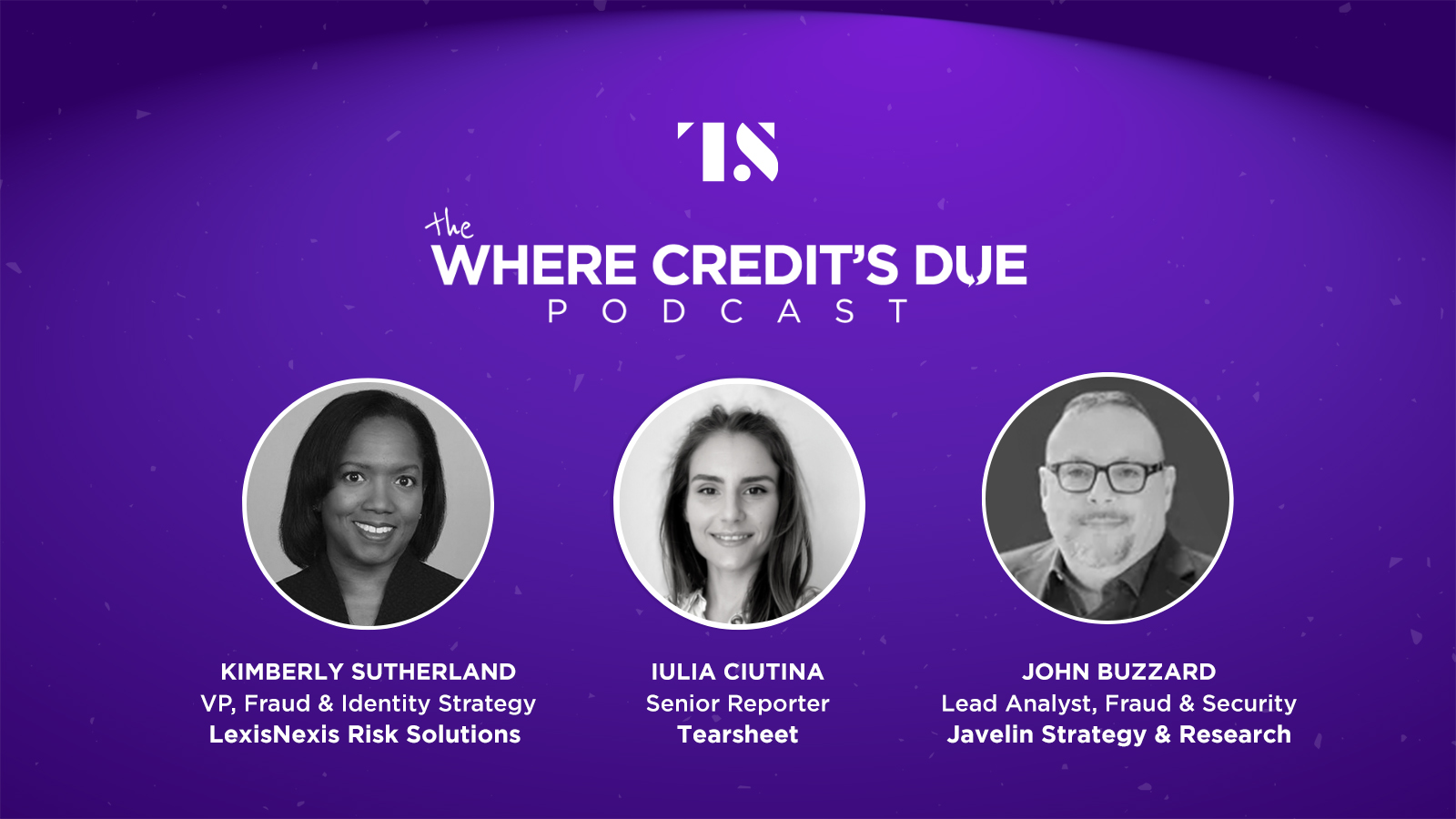Where Credit's Due Podcast
Where Credit’s Due Ep. 7: Uncovering fraud in financial services with LexisNexis and Javelin Strategy & Research
- With consumers continuing to take a digital-first approach to everything from shopping to dating and investing, fraudsters are finding new and innovative ways to commit fraud.
- We talk about this today with Kimberly Sutherland, vice president of fraud and identity strategy at LexisNexis Risk Solutions, and John Buzzard, lead analyst, fraud & security at Javelin Strategy & Research.









